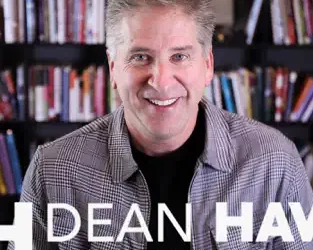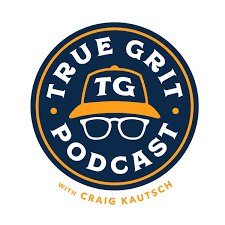When a particularly tough challenge throws us to the mat, we can learn from it and become even stronger.
Why do we try and hide these moments?
Consider the ancient art of Kintsugi.
The philosophy of Kintsugi is to treat breakage and repair as part of the unique history of the object, rather than a failure or flaw that should be disguised.
Kintsugi was founded in the 15th century. A ruler at that time broke a rare and favorite bowl. Because he valued it so highly, he sent it far away for repairs. But the pieces were returned with the verdict “irreparable.”
Unwilling to accept this, the ruler searched far and wide for someone who would risk new and untried methods to restore it.
The result was Kintsugi, the ancient art of repairing broken pottery. Instead of hiding the breaks, the artisan actually highlighted them with lacquer dusted with gold, silver, or platinum.
The result was stunning and the bowl served well, not only functionally, but as something to be admired.

What does this mean for your leadership?
Many of us in leadership may treat our failures and mistakes as non-events in an effort to appear strong and unflawed.
How can you begin to turn past bumps in the road into marks of beautiful lessons learned in your leadership?
Think back on a particularly difficult situation and ask yourself the following questions:
- What did you learn from having encountered this difficulty?
- What was the hidden “gold” in the failure?
- How have you used this since – and how has it made you a stronger leader?
By reframing past failures as points of learning, you highlight these as part of the beauty of your leadership growth – and you provide inspiration and hope for those who are following behind.





